You may see a pop-up on your Windows computer when shutting down your computer, playing a game, or just doing anything that implies that Explorer has crashed. Well! this can be resolved, and we will show what you can do if you see Explorer.exe Application error on your computer.
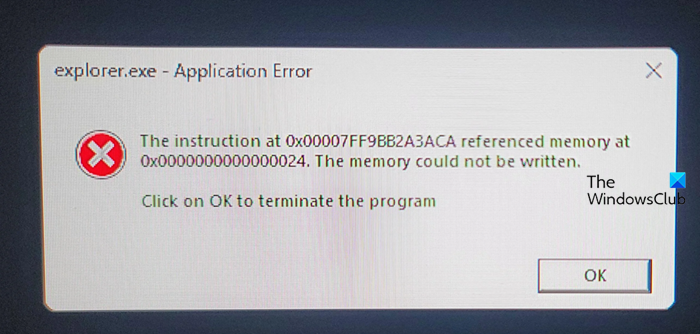
The Explorer.exe Application Error while shutting down or restarting your Windows computer can be of different instances. A typical error message will read thus:
The instruction at 0x#### referenced memory at 0x####. The memory could not be read/written.
Click on OK to terminate the program.
The # placeholder in the error message could be any combination of alpha-numeric values. Essentially, they are all similar errors that can be redressed with a somewhat similar solution.
Fix Explorer.exe Application Error in Windows
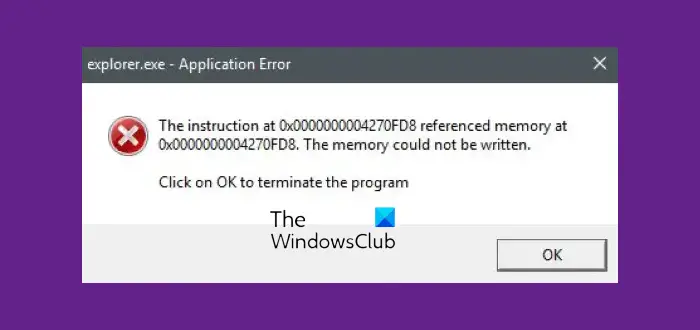
If you encounter Explorer.exe Application error, follow the solutions mentioned below.
- Restart File Explorer
- Change the size of virtual memory.
- Disable Fast Startup.
- Run the SFC/DISM scan.
- Perform a ChkDsk operation.
- Update the Microsoft .NET Framework.
- Run Memory Diagnostic Tool.
- Check File Explorer for problematic addons
- Scan PC for Malware.
Now, let’s delve into the details for the recommended solutions.
1] Restart File Explorer
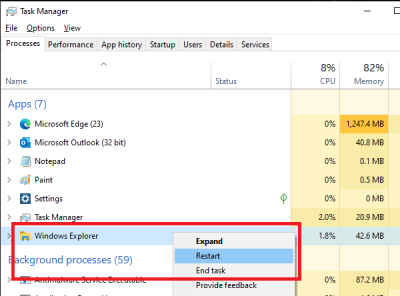
Restart File Explorer and see if that helps you. You will have to open the Task Manager, locate explorer.exe, right-click on it and select Restart.
1] Change the size of virtual memory
Changing the size of the virtual memory on your Windows 10 PC is a likely solution to the explorer.exe application error. The best practice is to keep the virtual memory 1.5 times larger than your RAM memory.
2] Disable Fast Startup
While in most cases Fast Startup is a feature capable of boosting the startup speed considerably – it also means that your PC will never truly shut down. Consequently, you might experience Wake-on-LAN issues, dual boot and virtualization complications, and random error codes during the startup procedure.
So, if you’re experiencing the explorer.exe application error, disabling Fast Startup feature on Windows 11/10 could resolve the problem.
3] Run the SFC/DISM scan
The SFC and DISM scan are both easily the most commonly used troubleshooting tool that’s baked into Windows. These tools can be used to repair damaged or corrupt system files and even to some extent restore the health of the installed Windows image.
For the purposes of convenience, you can create a SFC/DISM scan batch file and then run both tools in one. Here’s how:
Open Notepad – copy and paste the command below into the text editor.
@echo off date /t & time /t echo Dism /Online /Cleanup-Image /StartComponentCleanup Dism /Online /Cleanup-Image /StartComponentCleanup echo ... date /t & time /t echo Dism /Online /Cleanup-Image /RestoreHealth Dism /Online /Cleanup-Image /RestoreHealth echo ... date /t & time /t echo SFC /scannow SFC /scannow date /t & time /t pause
Save the file with a name and append the .bat file extension – eg; SFC_DISM_scan.bat.
Repeatedly run the batch file with admin privilege (right-click the saved file and select Run as Administrator from the context menu) until it reports no errors – at which point you can now restart your PC and see if the issue has been resolved.
4] Perform a ChkDsk operation
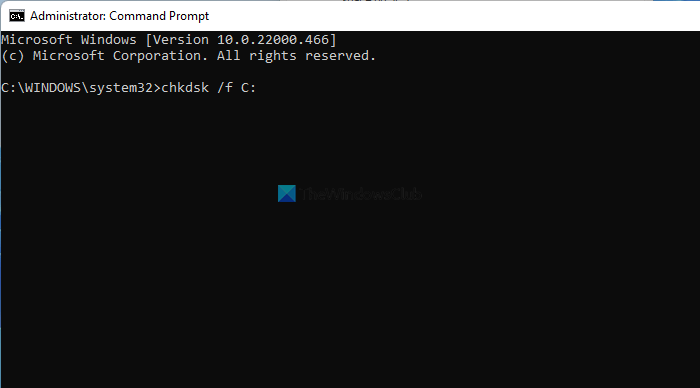
You may encounter the explorer.exe application error if your computer’s hard drive is corrupted or not defragmented well – in which case, you can initiate a ChkDsk operation. Once the procedure is completed, you can restart your PC and see if the issue is resolved.
5] Update Microsoft .NET Framework
Microsoft engineers have pointed out that using an application which was designed using an earlier version of Microsoft .NET Framework and applying heavy memory load to it, may trigger the exporer.exe application error messages.
In this case, downloading and installing the latest version of .NET Framework on your PC could resolve the issue.
6] Run Windows Memory Diagnostic Tool
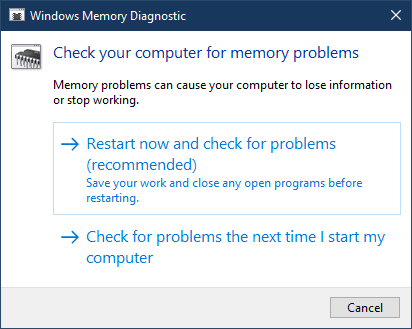
The Memory Diagnostic tool in Windows scans your system memory for potential problems and recommends solutions, allowing you to take further action.
Since this error is memory-related, you can try running the Memory Diagnostic Tool and see if that helps. Type mdsched in Start search and hit Enter to open it.
7] Check File Explorer for problematic addons
Installed Add-ons could create issues. Check if you have installed any helpers or add-ons to your Explorer. Uninstall or disable them. Often, even 3rd-party shell extensions can cause Explorer to crash on particular actions. Several programs add items to the right-click context menu.
To see them in detail, you may download the freeware utility ShellExView. It will let you view & disable suspect 3rd party shell extensions. Using the trial & error method, you may disable/enable the extensions to try and identify if any of them are causing a problem.
If you wish, you may boot in Clean Boot State and try to identify the offender manually.
8] Scan PC for Malware
Virus infection and other malicious applications can cause an explorer.exe application error. Viruses do have the ability to reduplicate and spread throughout your system. Running a full system anti-virus scan can help eliminate the virus/malware if any on your PC and possibly resolve this issue.
If nothing helps, you could perform System Restore and see if that helps you.
How to resolve an explorer.exe error in Windows 11?
There are various Explorer.exe errors in Windows 11, but if you encountered System call failed error, you should first restart Explorer’s task from the Task Manager > Processes. But if that is to no avail, you check out the solutions mentioned in the linked post.
Also Read: Explorer.exe Server execution failed on Windows.
Leave a Reply